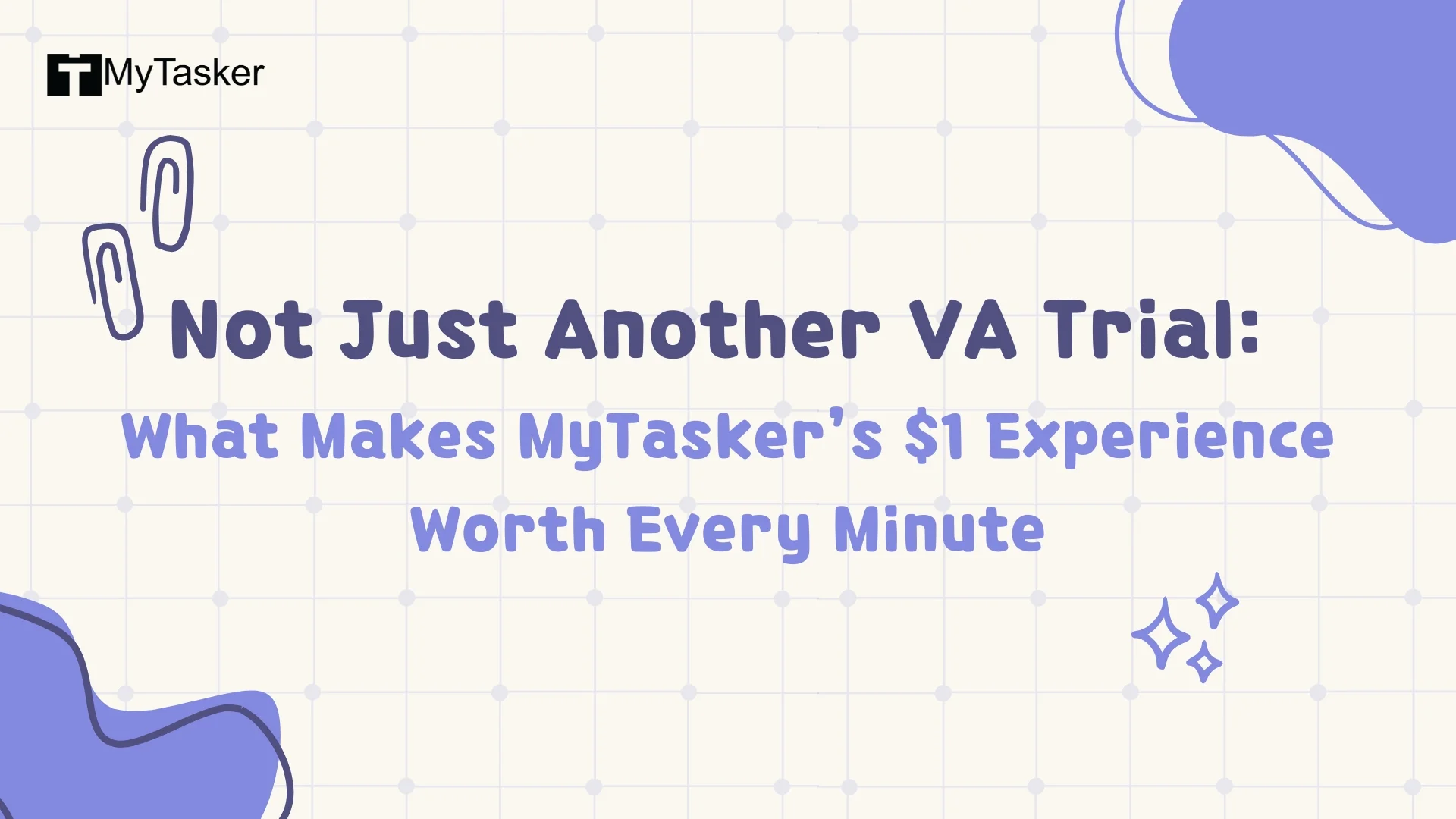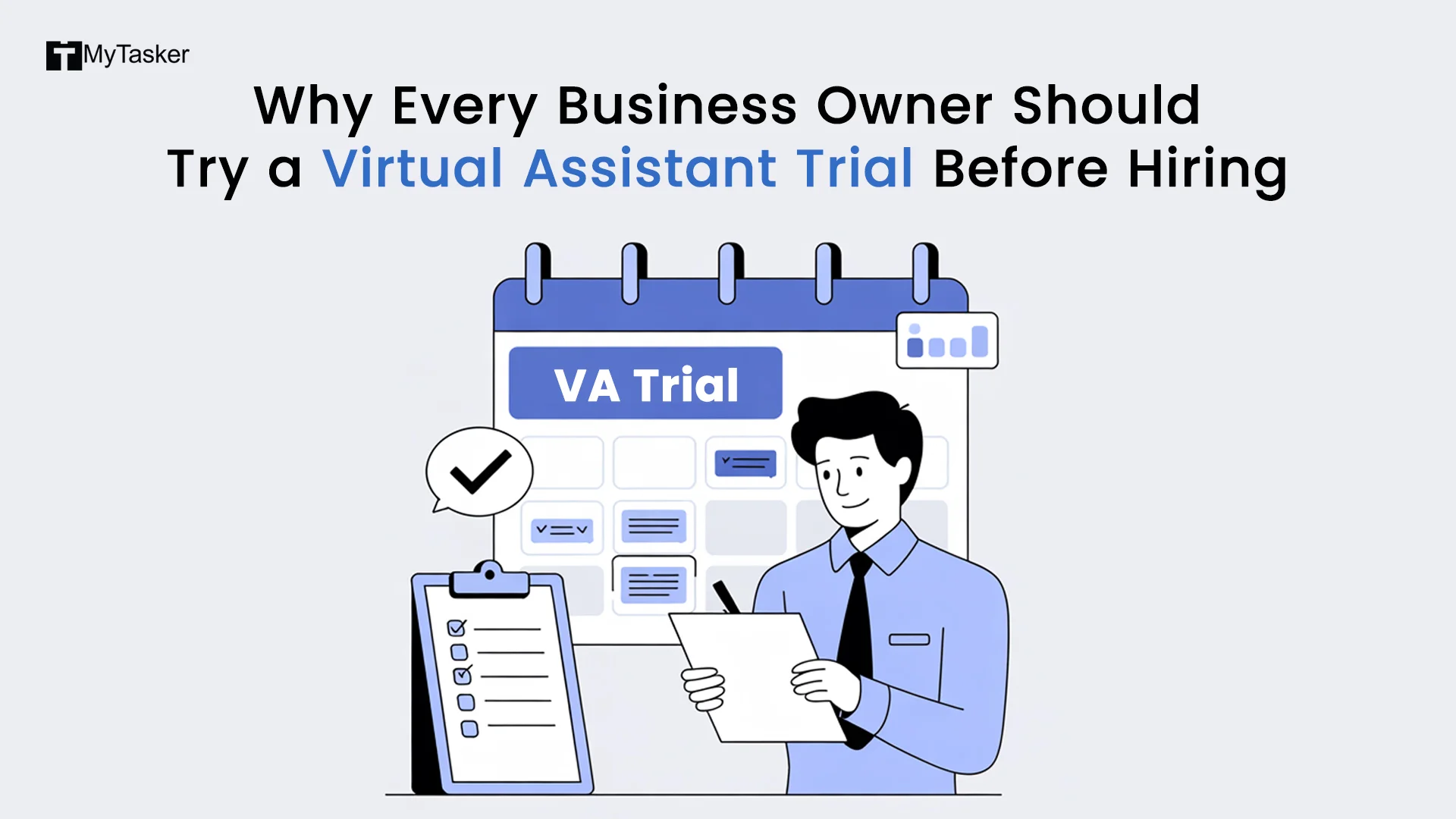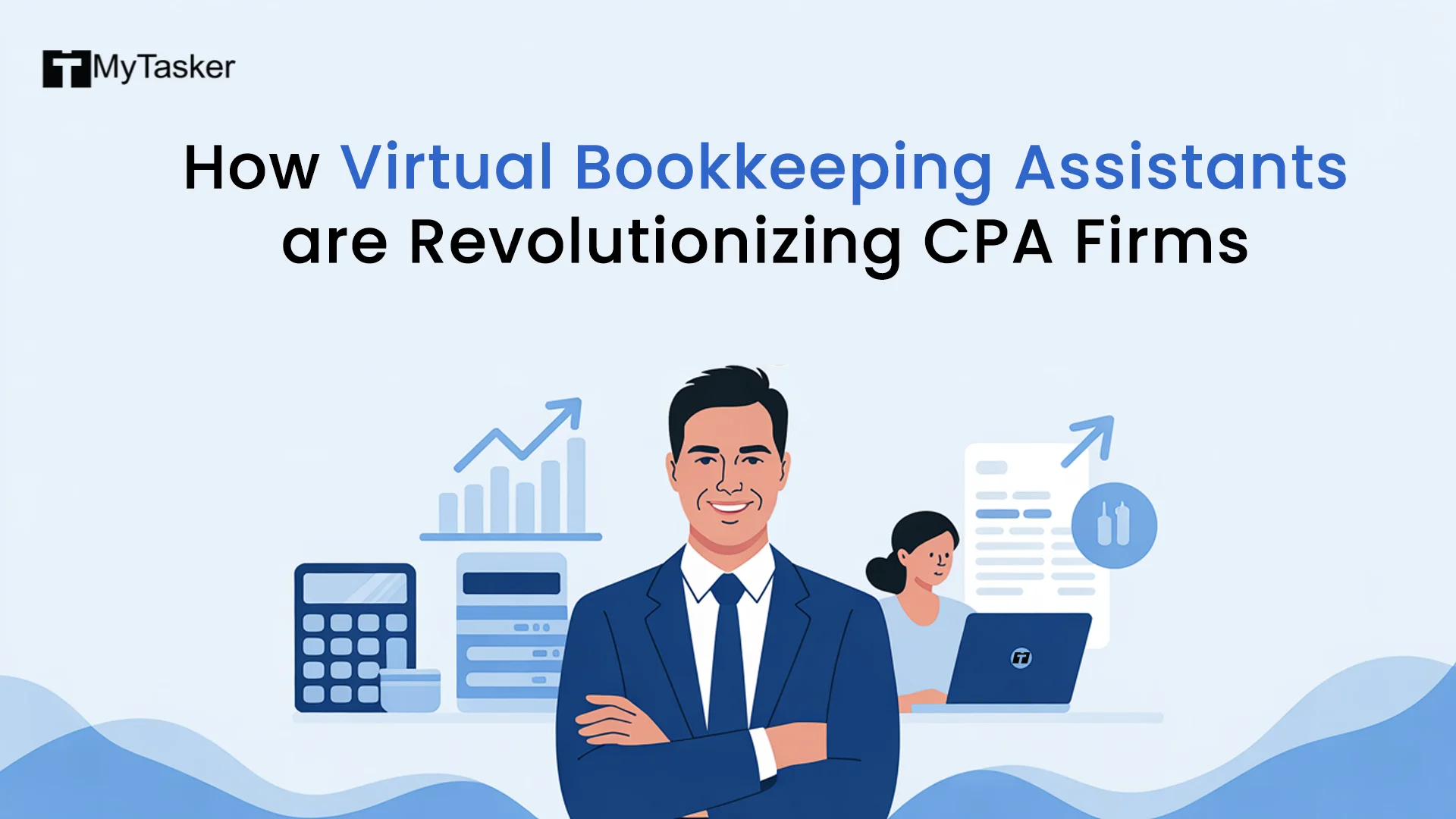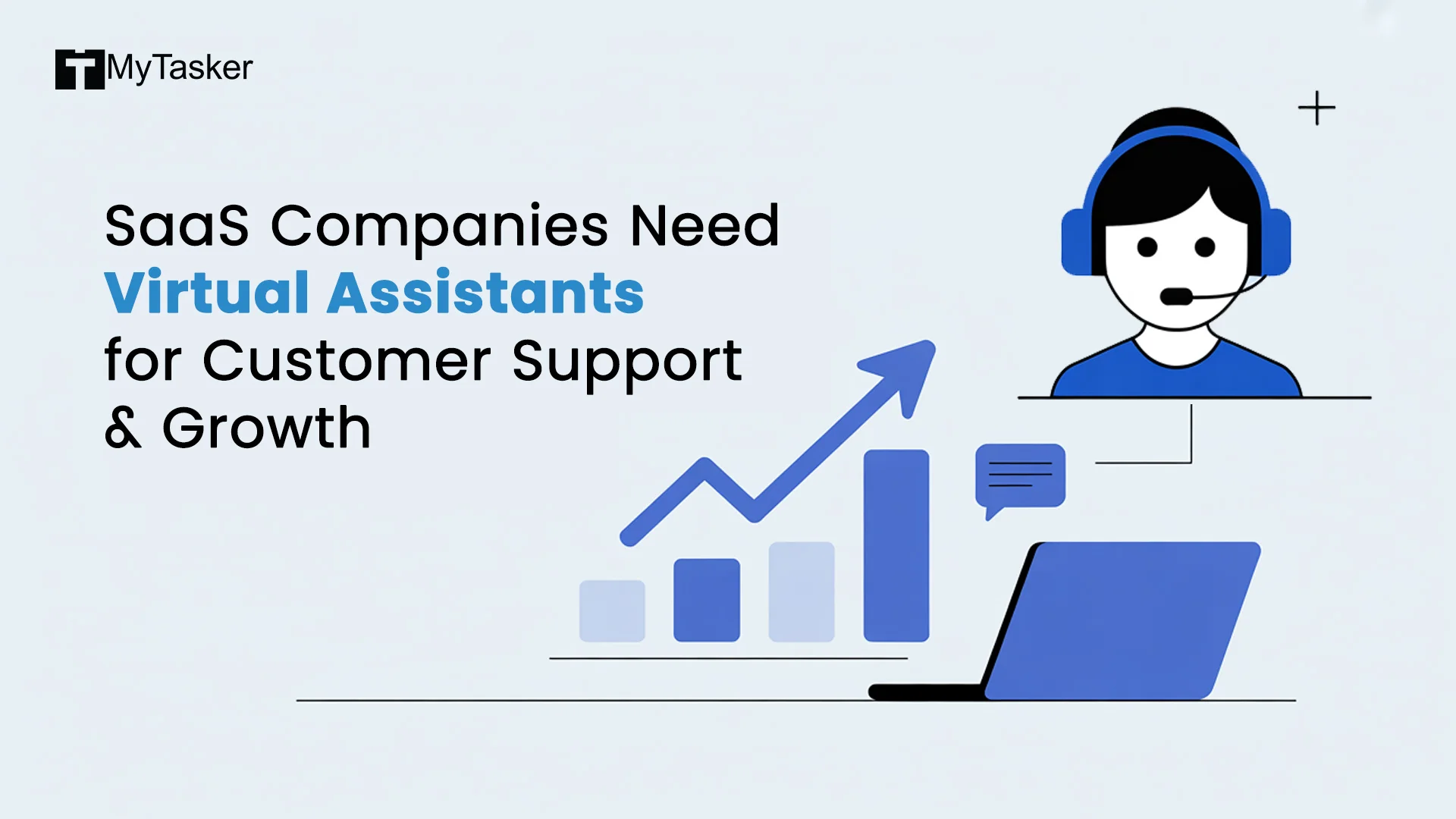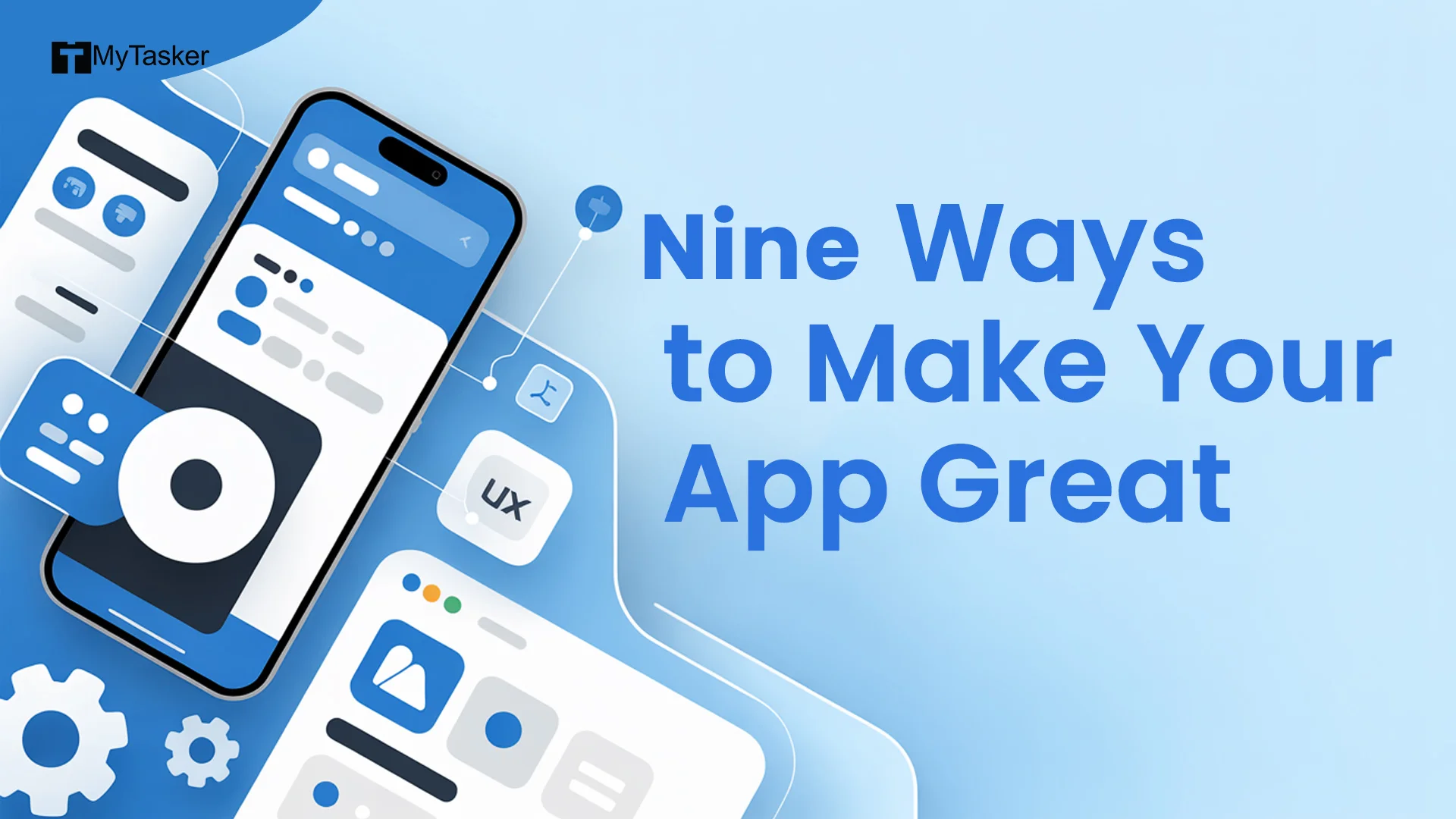The rules of blogging have changed. The ground has shifted and if you’re still clinging to the same old “write good content and wait for Google to notice” advice — you’re going to get crushed.
This is war. And war needs strategy, agility and the guts to adapt.
Now isn’t the time for passive bloggers hoping their next 2,000 word essay will magically rank. Google’s not your fairy godmother anymore — it’s Gemini now. It’s cold, calculated and brutally smart. And if you want to ride that wave instead of drowning under it, you need to move fast, hit hard and think like a damn tactician.
This is not just a how-to.
This is your digital battle plan to dominate blog traffic in the AI-first future.
Rule #1: Content is King — But Context Is the Ruthless Emperor
Everybody says “Content is King.”
Cute. Here’s the truth: Without E-E-A-T, your content is roadkill.
Google’s been screaming it all year — Experience, Expertise, Authoritativeness, Trustworthiness. No, it’s not a suggestion. It’s the law.
Here’s how to weaponize it:
-
Ditch the Fluff, Bring the Depth: Don’t give us top-10-lists filled with recycled garbage. Create masterpieces — the kind that bleed insight, originality and real-world value.
-
Author Credibility is Gold: You better have an expert behind that article. Google wants bios, credentials, proof. No more faceless blogs spewing ChatGPT diarrhea.
-
Original Thought Wins: AI can mimic. It can’t originate. That’s your superpower. Inject personality, case studies, first-hand experience. Leave a digital fingerprint no bot can clone.
-
Directly Answer Real Questions: People don’t have time. Google knows this. AI Overviews are training users to expect instant clarity. If your blog doesn’t cut straight to the solution, it’s invisible.
Rule #2: Stop SEO. Start GEO — Generative Engine Optimization
Welcome to the conversational era. Gemini, ChatGPT, Bing Copilot — they’re changing search as we know it. Users are no longer typing “best laptops.” They’re asking, “What’s the best lightweight laptop for graphic design under $1000 in 2025?”
That’s not a keyword. That’s a damn conversation.
Geo-Target Like a Pro:
-
Long-Tail or Go Home: Stop fighting for broad terms. You want precision. Drill down into specific, intent-driven queries.
-
Structure Everything: H1s, H2s, bulleted lists — not just for humans, but for AI to crawl and dissect with ease.
-
Schema Markup or Die: If you’re not using structured data, you’re invisible to AI Overviews. Period.
-
Steal from PAA: Use “People Also Ask” questions like a spy. Integrate them naturally in your posts. Preempt the next question before the reader asks it.
Rule #3: AI Overviews Will Steal Your Clicks — Unless You Steal Them First
Google’s new Gemini Overviews are designed to not send traffic. That’s right. Google is now your competition.
So don’t aim to rank.
Aim to be quoted.
Here’s the mindset shift:
-
Become a Source, Not a Blog: You want Gemini to pull from you. That means your data must be bulletproof, well-cited and damn near prophetic.
-
Double Down on Analysis: AI can summarize. But it can’t analyze, argue or predict like a human. That’s your opening.
-
Clicks Are Old School. Brand Mentions Are the New Currency: Even if users don’t click, if they see your name in the SERPs, the brand recall is real.
Rule #4: Stop Worshipping Google Alone — Spread Out or Burn Out
Relying solely on Google for blog traffic in 2025 is like building your house on quicksand.
Diversify. Or die.
Here’s your traffic artillery:
-
Quora Domination: Answer your own questions. Create posts around keywords Quora already ranks for. Slide in links subtly. Wait for the explosion.
-
Parasite SEO: Post on Medium, LinkedIn, Substack — places Google already loves. Hijack their authority to boost your blog visibility. Reddit Sniper Strategy: Lurk, listen, then hit them with knowledge bombs. Let the curious follow your profile to your site.
-
Short-Form Video Madness: Take blog points and turn them into Reels, Shorts, TikToks. Always. Be. Linking. Back.
-
Build a Damn Forum: Why beg for backlinks when your users can create hundreds for you every month? Forums are back. And they’re crawling with SEO juice.
Rule #5: Work the Old School — But Smarter
Don’t throw away the classics — just sharpen them for today’s fight.
-
Email is Still King of Retention: Every click from your newsletter is one you own. No algorithm needed.
-
Guest Blogging Isn’t Dead — It’s Just Elite Now: Get published on actual authority sites, not spam mills. Position yourself as the niche expert. Get the backlinks and the eyeballs.
-
Podcasts Still Bang: Appear as a guest. Plug your blog. Be memorable. Most podcasters turn interviews into blog posts. That’s a backlink and authority play.
Rule #6: Stay Consistent — But Ruthlessly Adaptive
You don’t win the traffic game in one post. You win it in the grind.
-
Publish Like Clockwork: Blogs that update regularly signal freshness to both users and search engines.
-
Audit Old Posts Like a Surgeon: Update outdated info. Add new sections. Tighten SEO. Resurrect your sleeping giants.
-
Stay Plugged In: Follow SEO news like religion. When Google moves, you move faster.
Ready to turn your blog into a traffic-generating machine? Let MyTasker handle the SEO grunt work, content creation and AI-era optimization—so you can focus on scaling your brand. Book a free consultation today and watch your blog traffic soar.
How to Get 1000 Views on Blogger (and Any Blog Platform)
To get 1000 views you need more than just publishing content—you need to offer real value.
Focus on creating high quality, original posts that solve specific problems and show your experience and authority (E-E-A-T).
Go deeper than surface level advice and give people a reason to stay, share and return.
Use long-tail and location based keywords that reflect how real people search today—especially with AI Overviews and voice search dominating results.
Structure your posts with attention grabbing headlines, clean formatting and clear sections to help both readers and search engines.
Promotion is key: share on social media, build an email list, engage in niche communities and repurpose your posts into reels, videos or carousels.
And finally, be consistent, update older content regularly and give it time—because growth is gradual but steady effort pays off.
Why Is My Blog Not Getting Traffic?
If your blog isn’t getting traffic chances are one or more of the critical elements are missing.
It could be weak SEO, poor keyword targeting or content that lacks originality or depth.
Posting inconsistently or not promoting your work means it won’t reach anyone.
A scattered niche confuses both Google and your readers, a slow or poorly designed site drives visitors away. Not building backlinks or demonstrating E-E-A-T holds back your rankings.
And if you’re not tracking performance with tools like Google Analytics you won’t know what’s working or not—which means you’re flying blind.
What Type of Blog Gets the Most Traffic?
Blogs that solve popular problems, target high volume niches and build trust get the most traffic. These blogs provide deep value, follow SEO best practices and are easy to share. Evergreen content keeps driving visits over time, trending topics or emotional storytelling can spike traffic fast.
Formats like how-to guides, listicles, reviews, comparisons and case studies perform well because they’re practical and engaging.
Which Type of Blog Earns More?
The most profitable blogs target niches where readers are willing to spend money. This includes finance (investing or side hustles), health (fitness, wellness), and relationships (dating, parenting). These niches have high value affiliate products, services and high ad revenue (high CPC).
Other top earners are tech and AI blogs, digital marketing, online education and DIY/home improvement. What matters most is your ability to monetize through multiple channels—ads, products, affiliate links or services—while building an audience.
Blogging or YouTube?
Neither is better across the board—they serve different strengths. Blogging gives you long term SEO traffic, full ownership of your platform and the ability to explain complex ideas in depth. YouTube on the other hand offers stronger personal connection, higher engagement and faster visibility.
YouTube is good for visual topics and quick consumption; blogging is ideal for evergreen, reference style content. The best strategy in 2025 is to combine both—embed your videos in your blog posts and link to your blog from video descriptions to maximize exposure and trust.
Which Niche is Best for Blogging?
The best blogging niche is one that sits at the intersection of your passion, expertise, demand and monetization potential. It should have clear search interest, room for your unique voice and the ability to make money through products, services or affiliate partnerships.
Strong niches in 2025 are personal finance, health and wellness, AI and tech, remote work, digital marketing, sustainable living, parenting and niche hobbies like gaming or DIY crafts. Sub-niches—like “vegan meal prep for athletes” or “mental health tips for teenagers”—can help you stand out and build a loyal, targeted audience.
This Isn’t a Blog Strategy. It’s a Battle Plan.
The AI revolution is brutal. It’s merciless. But it’s also ripe with insane opportunity.
Your blog can explode in traffic — if you’re bold enough to evolve.
So here’s what I want you to do:
-
Stop playing it safe.
-
Stop hoping traffic will come.
-
Start building content no bot can beat.
-
Speak like a human.
-
Think like a machine.
-
Adapt like a warrior.Not the best blogger. The smartest warrior.
Now go. Break the internet.




